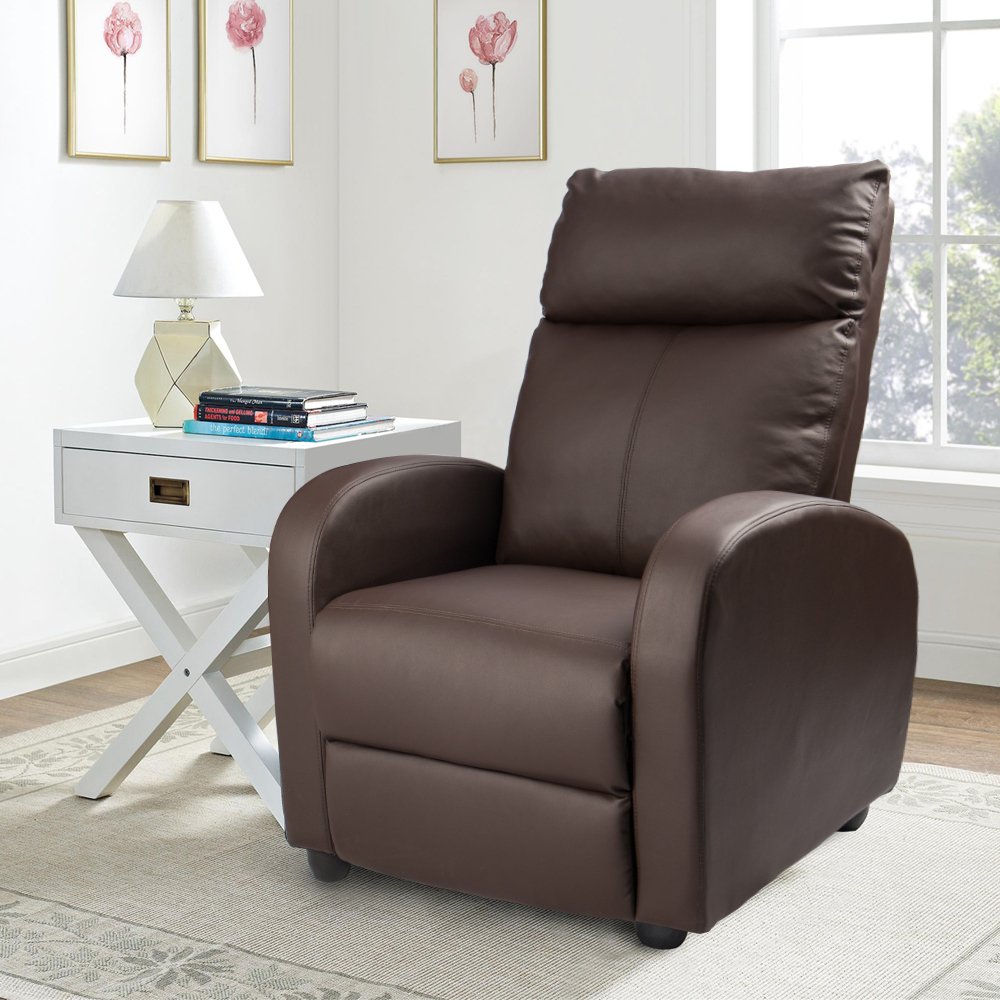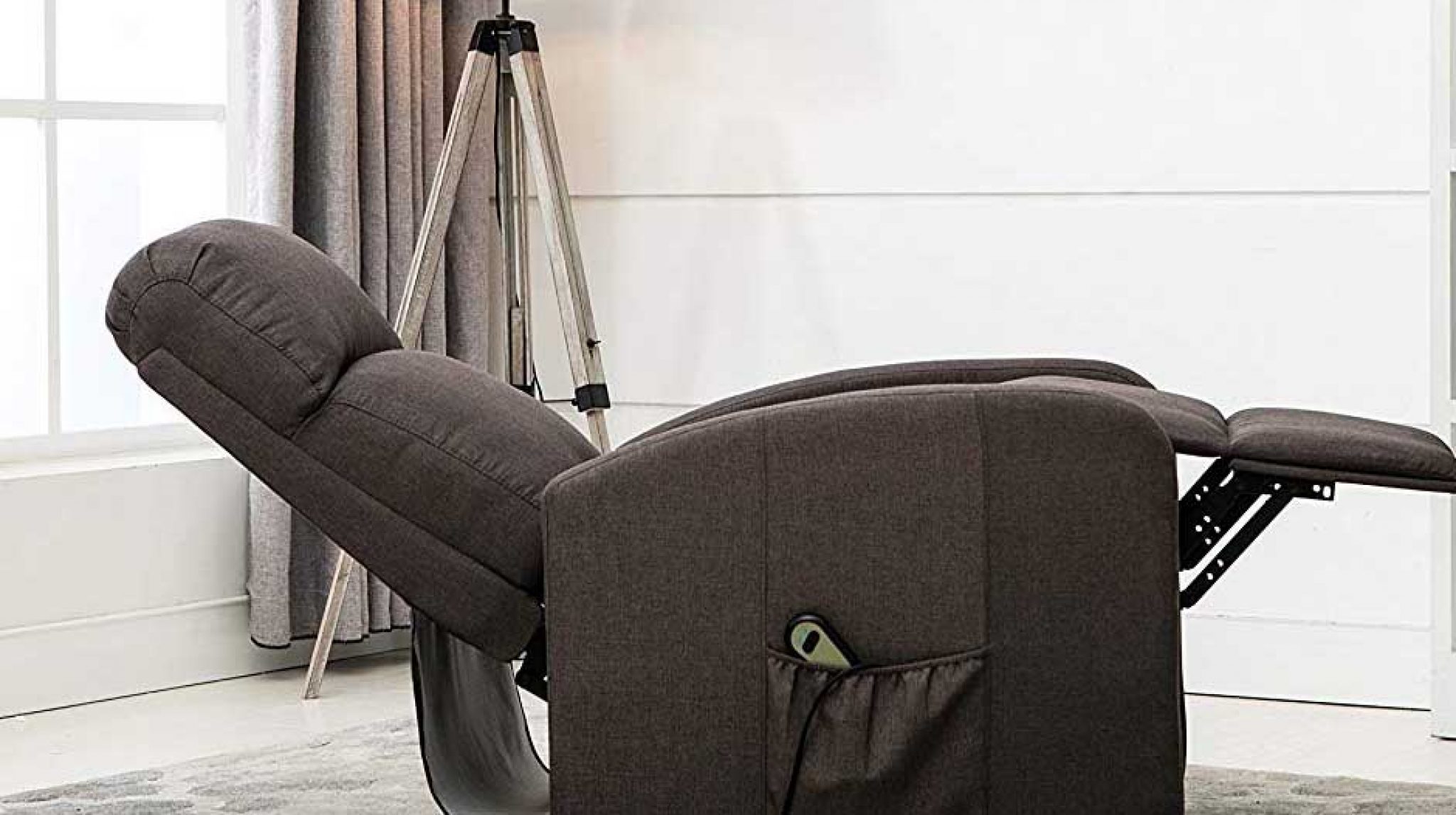Understanding Back Pain and Seating Ergonomics

Back pain is a common ailment that affects millions of people worldwide. It can be caused by a variety of factors, including poor posture, overuse, injury, and underlying medical conditions. Understanding the causes of back pain and the principles of proper posture and seating ergonomics can help individuals prevent and manage back pain effectively.
Common Causes of Back Pain
Back pain can be caused by a variety of factors, including:
- Poor posture: Sitting or standing for long periods in an improper posture can strain the muscles and ligaments in the back, leading to pain and discomfort. This can be exacerbated by activities that involve repetitive movements or heavy lifting.
- Overuse: Engaging in strenuous activities that put excessive strain on the back, such as heavy lifting or prolonged standing, can lead to muscle fatigue and back pain.
- Injury: Back injuries, such as sprains, strains, and fractures, can cause significant pain and discomfort. These injuries can occur due to accidents, falls, or sudden movements.
- Underlying medical conditions: Certain medical conditions, such as arthritis, osteoporosis, and spinal stenosis, can also contribute to back pain. These conditions can affect the structure and function of the spine, leading to pain and inflammation.
Principles of Proper Posture
Proper posture is crucial for maintaining back health and preventing pain. The following principles can help individuals achieve and maintain proper posture:
- Keep your spine aligned: Your spine should be naturally curved, with a slight inward curve in the lower back (lumbar lordosis) and a slight outward curve in the upper back (thoracic kyphosis).
- Maintain a neutral spine: A neutral spine refers to a balanced posture where the natural curves of the spine are maintained. This helps distribute weight evenly and reduces strain on the muscles and ligaments in the back.
- Engage your core muscles: Strong core muscles help support the spine and maintain proper posture. Engaging your core muscles involves tightening the muscles in your abdomen and lower back.
- Avoid slouching: Slouching puts excessive strain on the back muscles and can lead to pain and discomfort. Keep your shoulders relaxed and back straight when sitting or standing.
Ergonomic Features for Back Support in Chairs
Ergonomic chairs are designed to provide optimal support for the back and reduce the risk of pain and discomfort. Key ergonomic features that contribute to back support include:
- Lumbar support: Lumbar support is essential for maintaining the natural curve of the lower back. Chairs with adjustable lumbar support allow individuals to customize the fit to their specific needs.
- Adjustable backrest: An adjustable backrest allows individuals to change the angle of the backrest to find a comfortable and supportive position. This can help reduce strain on the back muscles and improve posture.
- Armrests: Armrests can help reduce strain on the shoulders and neck by providing support for the arms. Adjustable armrests allow individuals to customize the height and position of the armrests to their specific needs.
- Seat depth and height: The seat depth and height of a chair should be adjusted to provide proper support for the thighs and legs. The seat should be deep enough to allow for proper leg support and high enough to ensure that the feet are flat on the floor.
Types of Chairs for Back Pain Relief

Finding the right chair for back pain relief can be a challenging task. With numerous options available, each with its own unique features and benefits, it can be overwhelming to determine which chair best suits your needs. Understanding the various types of chairs and their specific characteristics can help you make an informed decision.
Recliners
Recliners are renowned for their adjustable features, allowing you to customize your seating position for optimal comfort and back support. The ability to recline your body provides a sense of weightlessness, reducing pressure on your spine and relieving pain.
Benefits
- Adjustable Recline: Recliners offer a wide range of recline angles, allowing you to find the perfect position to alleviate pressure on your back.
- Lumbar Support: Many recliners feature adjustable lumbar support, which provides targeted support to the lower back, reducing strain and promoting proper posture.
- Comfort and Relaxation: The plush padding and reclining mechanism promote relaxation and reduce muscle tension, leading to a sense of well-being.
Drawbacks
- Limited Movement: Recliners are designed for relaxation and may not be ideal for prolonged periods of sitting, especially if you need to move frequently.
- Bulkiness: Recliners can be bulky and take up considerable space, making them less suitable for smaller living rooms.
- Price: Recliners with advanced features, such as adjustable lumbar support and multiple recline positions, can be expensive.
Armchairs
Armchairs are a versatile option for living rooms, offering a comfortable and stylish seating solution. While not all armchairs are designed with back pain in mind, there are specific models that prioritize comfort and support.
Benefits
- Comfort and Support: Armchairs with supportive backs and padded seats can provide adequate comfort for those with back pain.
- Style and Aesthetics: Armchairs come in a wide range of styles and materials, allowing you to choose one that complements your living room decor.
- Compact Size: Compared to recliners, armchairs are generally smaller and take up less space, making them suitable for smaller living rooms.
Drawbacks
- Limited Adjustability: Most armchairs lack adjustable features, such as lumbar support or recline, limiting their ability to provide personalized comfort.
- Potential for Poor Posture: If the armchair lacks adequate back support, it can contribute to poor posture and exacerbate back pain.
- Limited Movement: Armchairs are typically stationary, making them less ideal for those who need to move frequently.
Office Chairs
Office chairs are designed with ergonomics in mind, prioritizing comfort and support for prolonged periods of sitting. Their adjustable features and ergonomic design make them a popular choice for individuals with back pain.
Benefits
- Adjustable Features: Office chairs offer a wide range of adjustable features, including seat height, backrest angle, armrest height, and lumbar support, allowing you to customize the chair to your specific needs.
- Ergonomic Design: The ergonomic design of office chairs promotes good posture and reduces strain on the back, neck, and shoulders.
- Durability: Office chairs are built to withstand prolonged use and are often made with durable materials.
Drawbacks
Key Features to Consider for Back Pain Relief: Best Living Room Chair For Back Pain

Choosing the right chair for back pain relief goes beyond simply picking a comfortable-looking one. It requires careful consideration of specific features designed to support your spine and promote proper posture.
Lumbar Support: The Foundation of Back Health
Lumbar support is essential for reducing back strain and promoting good posture. It provides a gentle curve that aligns your lower back with the natural curvature of your spine. This support prevents slouching and reduces pressure on the intervertebral discs, which are the cushions between your vertebrae.
Seat Depth and Height: Achieving Optimal Posture, Best living room chair for back pain
The depth and height of the seat play a crucial role in maintaining proper posture. A seat that is too deep can cause your thighs to be angled downward, putting strain on your lower back. Conversely, a seat that is too shallow can leave your thighs unsupported, leading to discomfort and pressure on your hamstrings. The ideal seat height allows your feet to rest flat on the floor with your knees slightly bent, ensuring a neutral spine alignment.
Key Features to Consider
| Feature | Explanation | Benefits for Back Pain |
|---|---|---|
| Lumbar Support | A contoured backrest that provides support to the lower back. | Reduces strain on the lumbar spine, promotes proper posture, and minimizes pressure on intervertebral discs. |
| Seat Depth | The distance from the front to the back of the seat. | Ensures proper thigh support, prevents slouching, and reduces pressure on the hamstrings. |
| Seat Height | The distance from the floor to the top of the seat. | Allows for proper leg positioning, promotes a neutral spine alignment, and minimizes pressure on the lower back. |
| Adjustable Features | Options to customize the chair’s height, backrest angle, and armrest positions. | Allows for personalized comfort and support based on individual needs and preferences. |
| Materials | The materials used in the chair’s construction, such as fabric, leather, or mesh. | Ensures breathability, comfort, and durability. |
| Construction | The quality and sturdiness of the chair’s frame and components. | Provides long-lasting support and stability. |
Finding the best living room chair for back pain can be a real challenge. You want something comfortable and supportive, but also stylish to match your decor. If you’re going for a clean, modern look, a white wooden desk and chair might be a great starting point.
Just remember to consider the chair’s height and adjust it accordingly for optimal back support, even in a living room setting.
Finding the best living room chair for back pain can be a real challenge. You want something comfortable and supportive, but also stylish enough to fit in with your decor. If you’re looking for a chair that’s both ergonomic and good-looking, you might want to check out the hamlyn home office swivel desk chair.
While it’s designed for office use, its adjustable features and supportive design could be perfect for your living room, too! Just make sure you consider the overall style of your living room before making a final decision.
